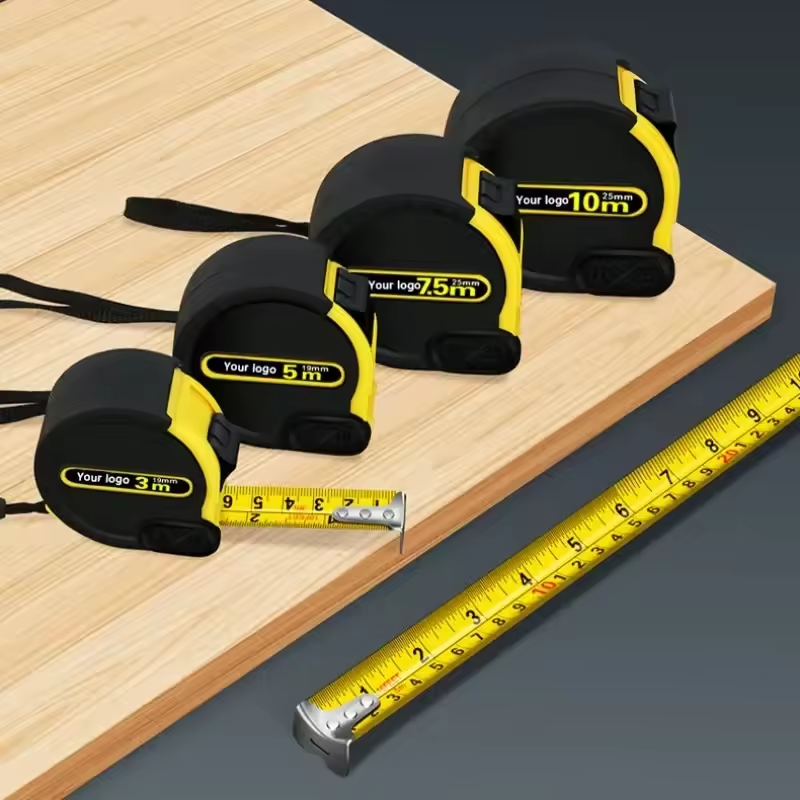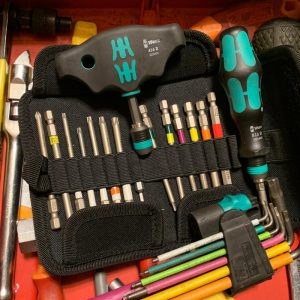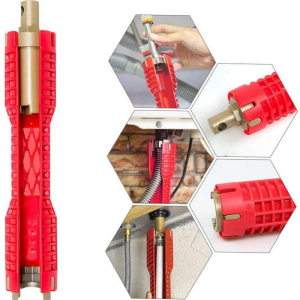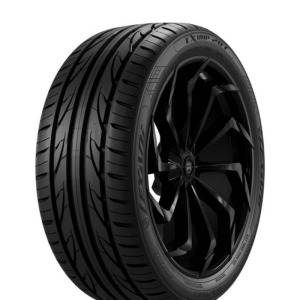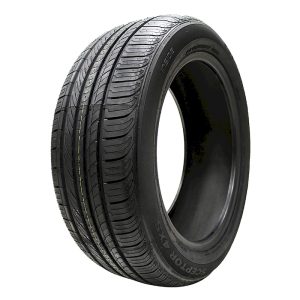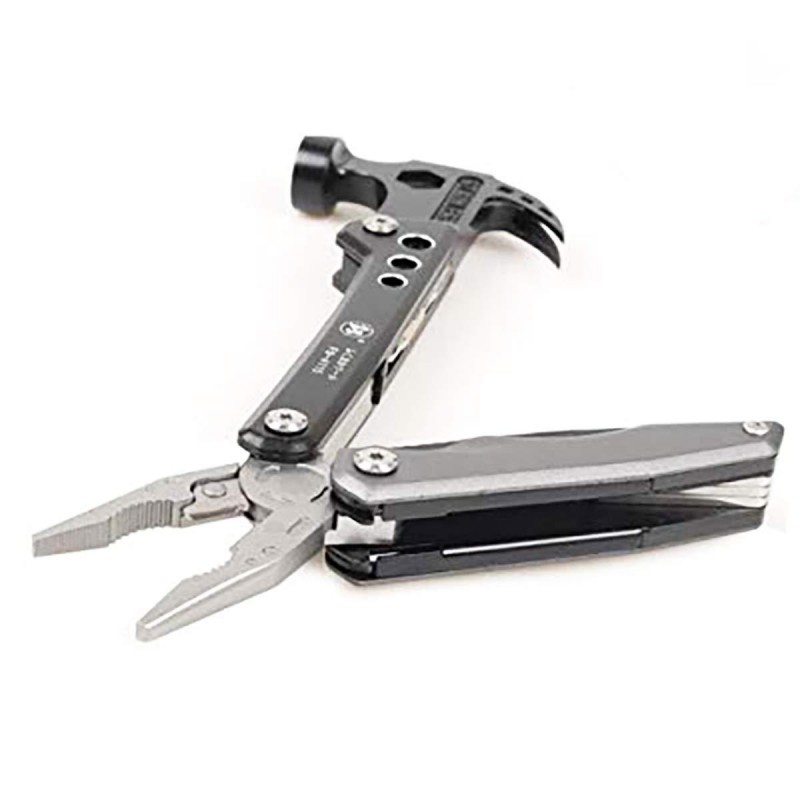
When it comes to tackling a variety of tasks, from simple home repairs to outdoor adventures, having the right tools at your disposal is crucial. One of the most versatile options available is the multipurpose tool. Designed to perform multiple functions, these handy devices can be a lifesaver in various situations. However, with the multitude of options on the market, knowing how to choose a multipurpose tool that suits your specific needs can be overwhelming. Factors such as size, weight, available features, and intended uses all come into play when selecting the most suitable tool. Some popular types include Swiss Army knives, multitools, and pocket tools, each offering unique benefits. This comprehensive guide will explore essential considerations for choosing a multipurpose tool, the different types available, and tips for maximizing the effectiveness of your new gadget. By the end of this article, you will be fully equipped to make an informed decision about the best multipurpose tool for your lifestyle.
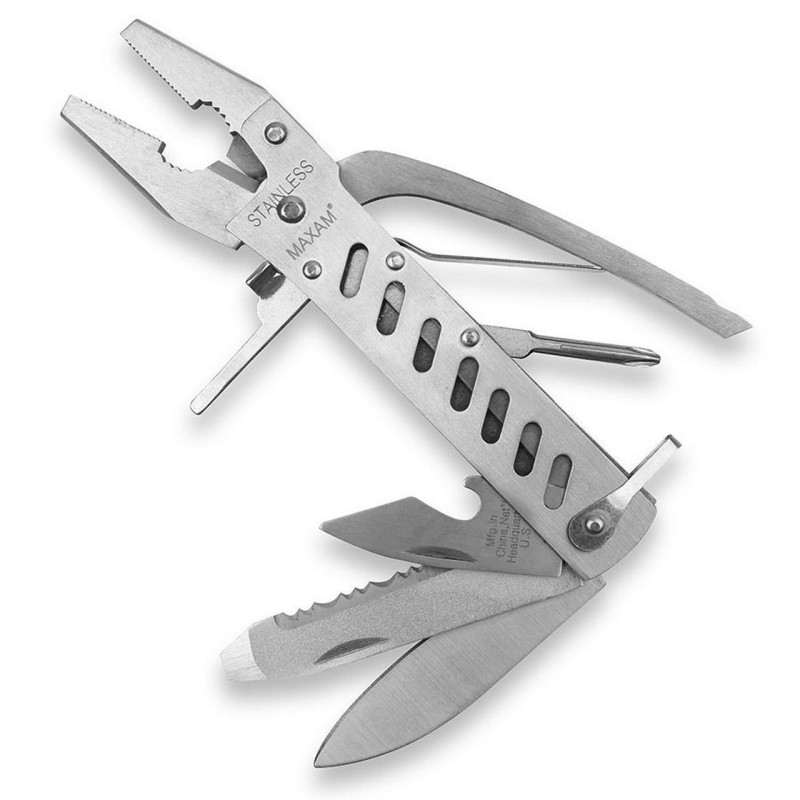
Understanding Multipurpose Tools
Before diving into how to choose a multipurpose tool, it’s essential to have a clear understanding of what these tools are and the advantages they offer. A multipurpose tool is a single device that combines multiple functions, allowing users to complete various tasks without having to carry a toolkit filled with individual tools. These tools are compact, lightweight, and often designed for portability, making them perfect for anyone who values convenience and efficiency.
The primary appeal of a multipurpose tool lies in its versatility; they often include features such as blades, pliers, screwdrivers, can openers, and much more. They are frequently used by outdoor enthusiasts for camping, hiking, and fishing, as well as by DIYers and homeowners for repairs and maintenance. The right multipurpose tool can significantly simplify tasks, reduce clutter, and save space, especially when you’re on the go.
The Importance of Purpose
One of the first considerations to keep in mind when learning how to choose a multipurpose tool is your intended use. Multipurpose tools are versatile, but they are not one-size-fits-all solutions. Different tools cater to various needs, so identifying your primary purpose is essential in narrowing down your options.
For instance, if you require a tool for outdoor activities such as hiking or camping, you may want a model that includes features like a can opener, saw blade, and fire starter. On the other hand, if your intended use is more focused on home repairs, a tool that provides screwdrivers, pliers, and wire cutters might be more appropriate.
Consider what specific tasks you anticipate performing with your multipurpose tool. Also, think about whether you’ll primarily use it in the home, on the road, or in nature. This understanding will help guide your selection process and ensure that you invest in a multipurpose tool that meets your requirements.
Types of Multipurpose Tools
Multipurpose tools come in various shapes, sizes, and configurations, each serving different purposes. Understanding the types available can significantly aid in how to choose a multipurpose tool that best supports your needs.
- Swiss Army Knives: Perhaps the most recognizable multipurpose tool, Swiss Army knives come equipped with various tools, such as blades, screwdrivers, scissors, and can openers. They are compact and ideal for everyday carry, making them a popular choice for casual users and outdoor enthusiasts.
- Multitools: These are slightly larger and generally feature pliers as the central component. Multitools often have several foldable or retractable functions, including knives, scissors, file blades, and various screwdrivers. They are great for achieving a wide range of tasks, making them suitable for both home and on-the-go use.
- Pocket Tools: Designed to be ultra-compact, pocket tools often include a limited number of functions. They may lack a plier component but provide essential tools like a knife, screwdriver, and bottle opener. These tools are perfect for everyday carry and are often lightweight.
- Survival Tools: Tailored for adventurers and outdoor enthusiasts, survival tools generally incorporate features that cater to emergency situations. Common elements might include fire starters, whistles, or fishing line, along with the more standard tools found in other multipurpose options.
- Tool Kits: While not traditional multipurpose tools, compact tool kits often contain several small tools combined into a portable case. This option is great for those who require a wide range of items but need to keep their gear organized.
By understanding the types of multipurpose tools on the market, you can focus on finding the option that best aligns with your lifestyle and intended use.
Key Features to Look For
Knowing what features to prioritize can make a significant difference when determining how to choose a multipurpose tool. Here are some critical elements that can influence your purchasing decision:
- Material Quality: Ensuring the tool is made from high-quality materials is essential for durability. Stainless steel typically offers the best balance of strength and rust resistance, while certain plastic components can contribute to lightweight designs.
- Weight and Size: Depending on how you plan to use your multipurpose tool, weight and size can be a major concern. Many users prefer lightweight tools for ease of transport, while others may prioritize function over weight for enhanced performance.
- Functionality: Review the range of functions included in the tool. It’s essential that the multipurpose tool features the specific tools you’ll frequently use, such as pliers, blades, or screwdrivers. Make sure that the functions you need are easily accessible and user-friendly.
- Ease of Use: Tools that are complicated to operate can lead to frustration. Check if the tool opens smoothly, whether the blades lock in place securely, and if the functions are intuitive. Comfort is also important, so ergonomic designs can enhance ease of use.
- Safety Features: Safety should always be a priority, especially if the tool includes sharp blades. Look for tools with locking mechanisms that secure functions when in use and covers or housing to protect blades when not in use.
- Warranty and Brand Reputation: A manufacturer’s warranty can be a good indicator of quality. Brands that stand behind their products often provide better assurances regarding durability and performance.
By taking the time to evaluate these features, you can finalize the multipurpose tool that fulfills your requirements and preferences.
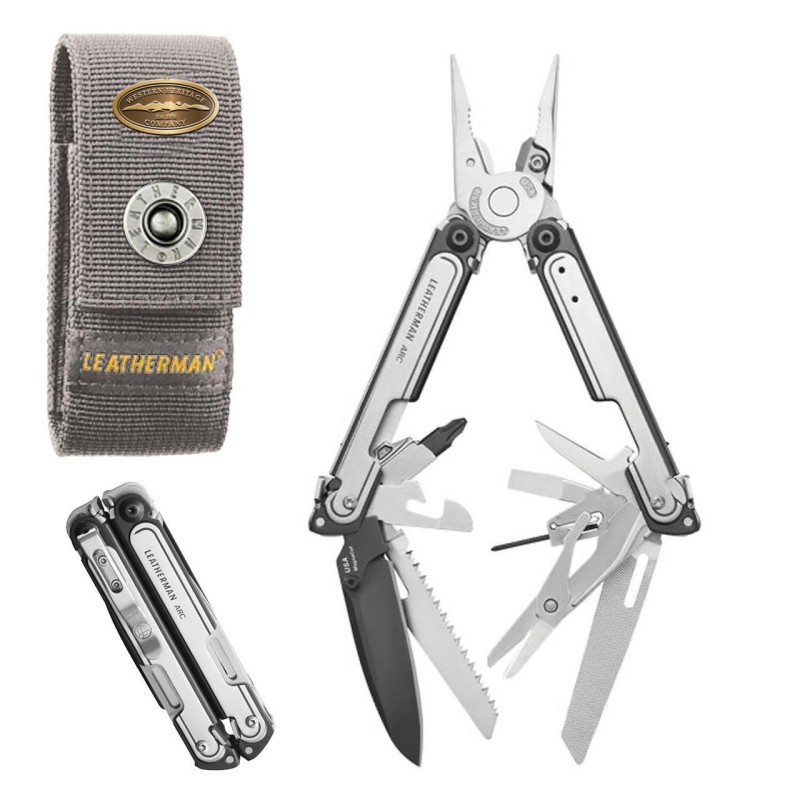
Budget Considerations
Understanding your budget is crucial when learning how to choose a multipurpose tool. While there are options available at all price points, the cost often reflects the quality and functionality of the tool. Here are some factors to consider when setting your budget:
- Entry-Level Tools: Affordable multipurpose tools can range from $10 to $30. These are typically suitable for light, occasional use but may lack durability or extensive functionality.
- Mid-Range Tools: Priced between $30 and $80, mid-range tools generally offer better quality and a greater array of functions compared to entry-level options. These tools are ideal for dedicated users who need reliable performance.
- Premium Tools: High-end multipurpose tools may cost upwards of $100. These options often boast advanced features, superior craftsmanship, and robust materials that withstand regular use. Investing in a premium tool can be worthwhile if you require durability and more specialized functions.
Be realistic about how often you plan to use the tool and weigh this against your available budget. Sometimes spending a little more upfront can result in savings later if the tool performs reliably and lasts longer.
Maintenance and Care Tips for Your Multipurpose Tool
Once you’ve chosen the right multipurpose tool, proper maintenance will ensure it remains in excellent working condition. Here are some practical tips to help you care for your new investment:
- Cleaning: Regularly clean your tool to remove dirt, grime, and moisture. Use a damp cloth to wipe down surfaces, ensuring that all moving parts are free of debris.
- Drying: After cleaning, let your multipurpose tool dry completely to prevent rust, especially for tools that are partially made of steel.
- Lubrication: Applying a small amount of lubricant to moving parts will help maintain easy functionality and prevent wear over time. Use a light machine oil and avoid using too much, which can attract dirt.
- Storage: Store your multipurpose tool in a cool, dry place when not in use. Consider using a protective case or holster that keeps it secure and prevents it from accidentally opening.
- Usage: Avoid using your tool for tasks it is not designed for, as this can lead to damage. Always handle it according to the manufacturer’s guidelines.
By following these maintenance tips, you can enhance the lifespan and performance of your multipurpose tool, allowing you to enjoy its benefits for years.
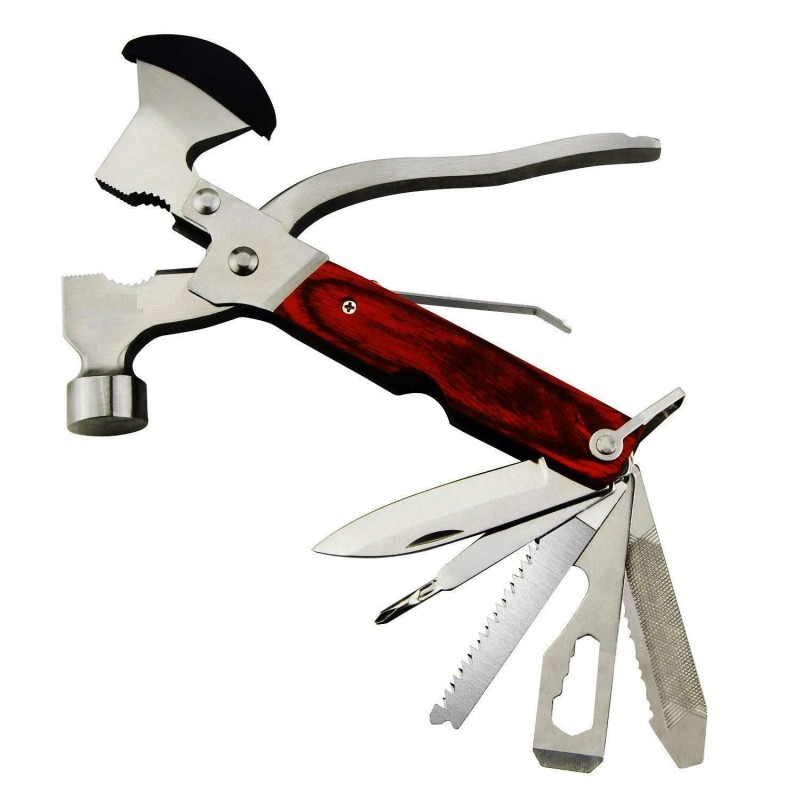
Conclusion
In summary, learning how to choose a multipurpose tool is an essential skill for anyone who wants to tackle various tasks efficiently. By understanding the various types available, considering your specific needs, and prioritizing key features, you can find the right tool that fits your lifestyle. Remember to also keep budget considerations in mind, as there are quality options available at all price points. Once you invest in a multipurpose tool, taking the time to properly maintain and care for it will extend its lifespan and effectiveness. Whether you’re using it for home repairs, outdoor adventures, or everyday tasks, a well-selected multipurpose tool can become an invaluable companion in your toolkit. Make an informed decision today, and empower yourself with the versatility and convenience that a multipurpose tool offers!
